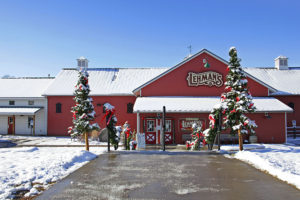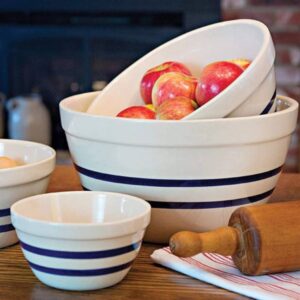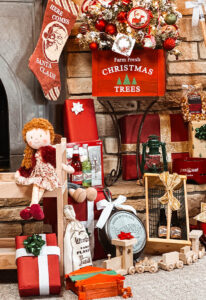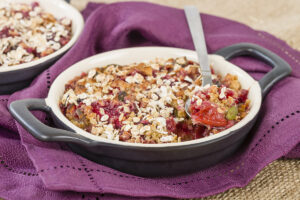With a hint of fall in the air, the garden is reminding us that it is time to gather seeds. Seed saving is a time-honored technique that will make your garden truly sustainable and provide extras to share with friends. When our ancestors came from Europe by boat, one of their most valued possessions were the seeds and plants they brought from the old country. To ensure that they wouldn’t be confiscated at customs, some even sewed seeds into th e hems of dresses or tucked them in hat bands. I remember my grandmother carefully gathering seed heads into paper bags, plus we would find baby food jars with bean or pea seeds and her careful handwriting on them. Unfortunately, I didn’t get excited about seed saving before her seeds lost their vitality. Let’s be part of the generation to revive this art before we lose more precious genetic diversity.
e hems of dresses or tucked them in hat bands. I remember my grandmother carefully gathering seed heads into paper bags, plus we would find baby food jars with bean or pea seeds and her careful handwriting on them. Unfortunately, I didn’t get excited about seed saving before her seeds lost their vitality. Let’s be part of the generation to revive this art before we lose more precious genetic diversity.
You’ll get the best results when you choose to save seeds from open-pollinated plants; Seed Savers Exchange seeds are a great place to start. Heirloom or open-pollinated seeds will produce a plant similar to the parent plant, while seeds from a hybrid plant may produce plants that revert back to some of the grandparent characteristics. Seed saving specifics vary from species to species, but the ultimate book for all the nitty gritty details on isolation distances and preparations is Seed to Seed by Suzanne Ashworth. To get you started, I’ll share a few simple ones to try in your garden.
Beans and peas are self pollinating and therefore don’t need a large isolation distance to retain purity. I usually just let some beans or peas dry on the vine and you can either pick the whole plant to let it continue to dry or pluck the pods. Once completely dry, you can shell the beans by hand for a small batch or for a large quantity, you can recruit a child to jump on a burlap sack full of seed pods to release the goodies.
Lettuce can be allowed to bolt and flower. When the seeds pods are mature and browning, cut off the whole stalk and put  in a paper grocery bag to continue drying indoors. When dry, rub the heads to release the seeds. Getting rid of the chaff can be done by carefully winnowing in a gentle breeze or using a screen to let the seeds through. Sometimes I let other spring salad greens like arugula and kale go to seed right in the garden; now I have a carpet of baby greens popping up again.
in a paper grocery bag to continue drying indoors. When dry, rub the heads to release the seeds. Getting rid of the chaff can be done by carefully winnowing in a gentle breeze or using a screen to let the seeds through. Sometimes I let other spring salad greens like arugula and kale go to seed right in the garden; now I have a carpet of baby greens popping up again.
Many herbs offer us bountiful seeds for the gathering. Cilantro, dill, parsley and basil will go to flower and when dry, you can gather the seeds and separate the chaff. I also let a few fall in the garden for volunteer fall herb plants.
Tomatoes require a bit more care to make sure things are pure. At least 20 feet between different tomato varieties is helpful to not get unique crosses. I usually choose two varieties each year and plant a set of four plants each in a corner of the garden away from the tomato rows. You want to pick dead ripe tomatoes and spoon out the seeds along with a little pulp. Letting this concoction ferment in a jar for several days (yes, it will develop mold and smell interesting!) will help remove the gelatinous coat and kill any fungal diseases that might be on the seed. After fermenting, wash the seeds and dry on a paper towel. This year the tomato variety for saving seeds was an orange Persimmon, my husband’s favorite.
Once your seeds are collected and completely dry, you can put them in envelopes or baggies and store them in the refrigerator or freezer. Having your own seed stash will allow you to both save money on next year’s garden and join in the seed swapping fun. During one of my Lehman’s demos in June, I met some friendly folks from Tennessee and we ended up swapping heirloom bean seeds by mail. Just last week I harvested some very sweet tasting Fat Back pole beans that I received from them, and I’m hoping the Brown family was successful in growing Greasy Corn beans that I sent from my collection. Happy seed saving!




























[…] Lehman’s Country Life Filed Under: Modern Survival Tagged With: country life, simple […]
[…] Truths About Goats The Rabbit Tractor Seed Saving Season – Do you save […]